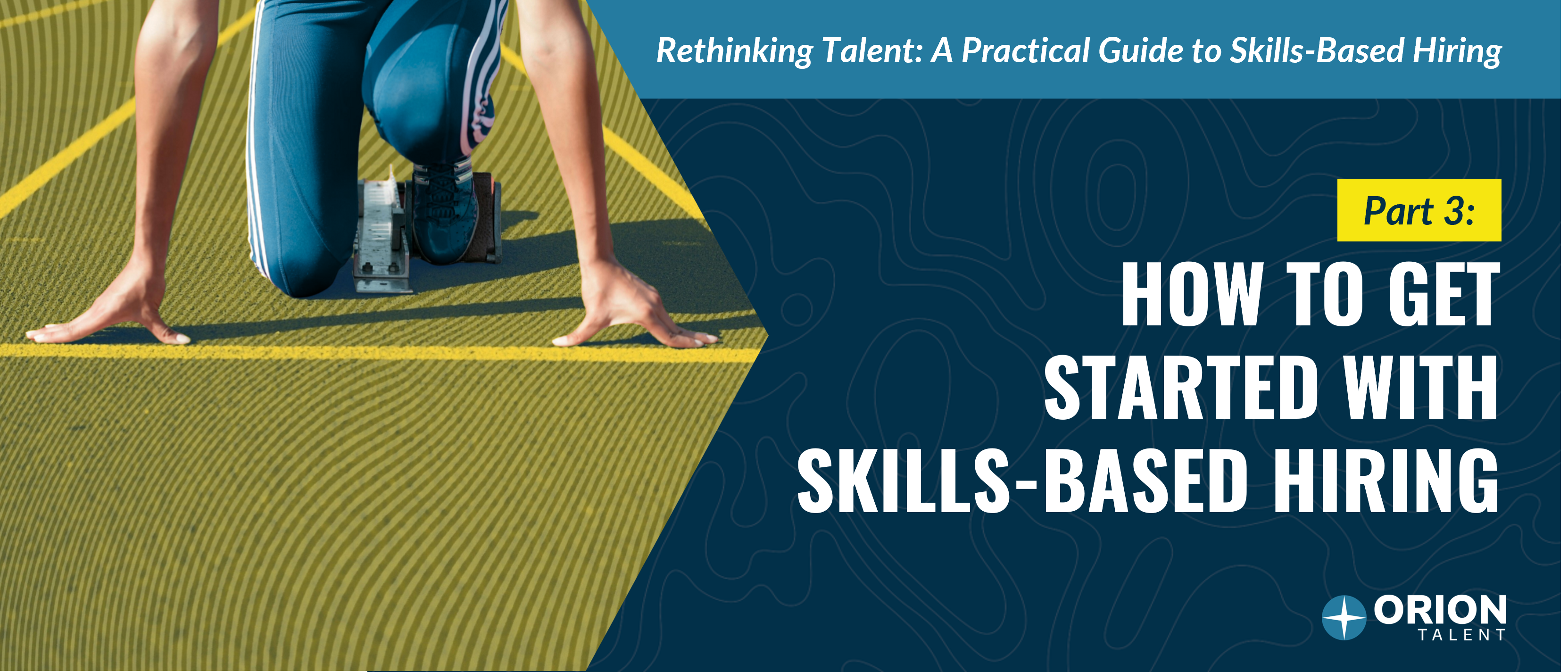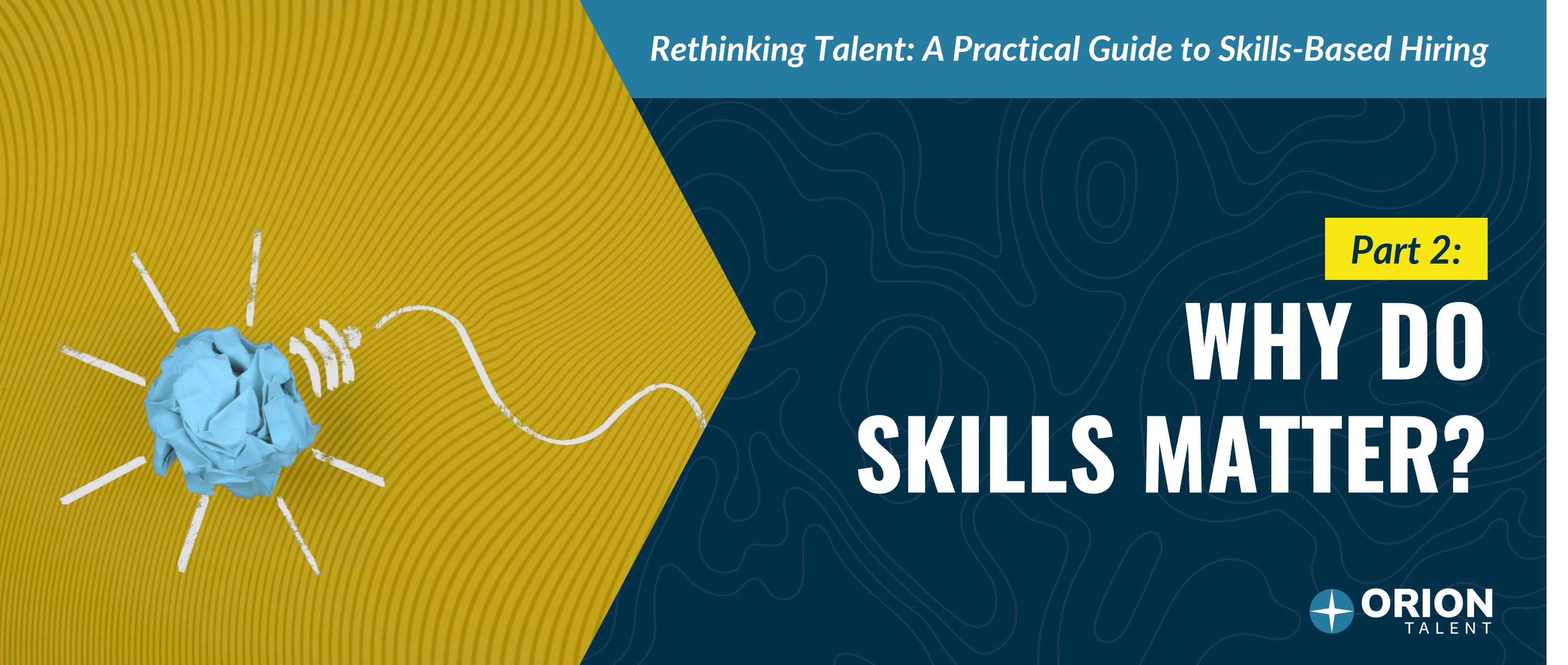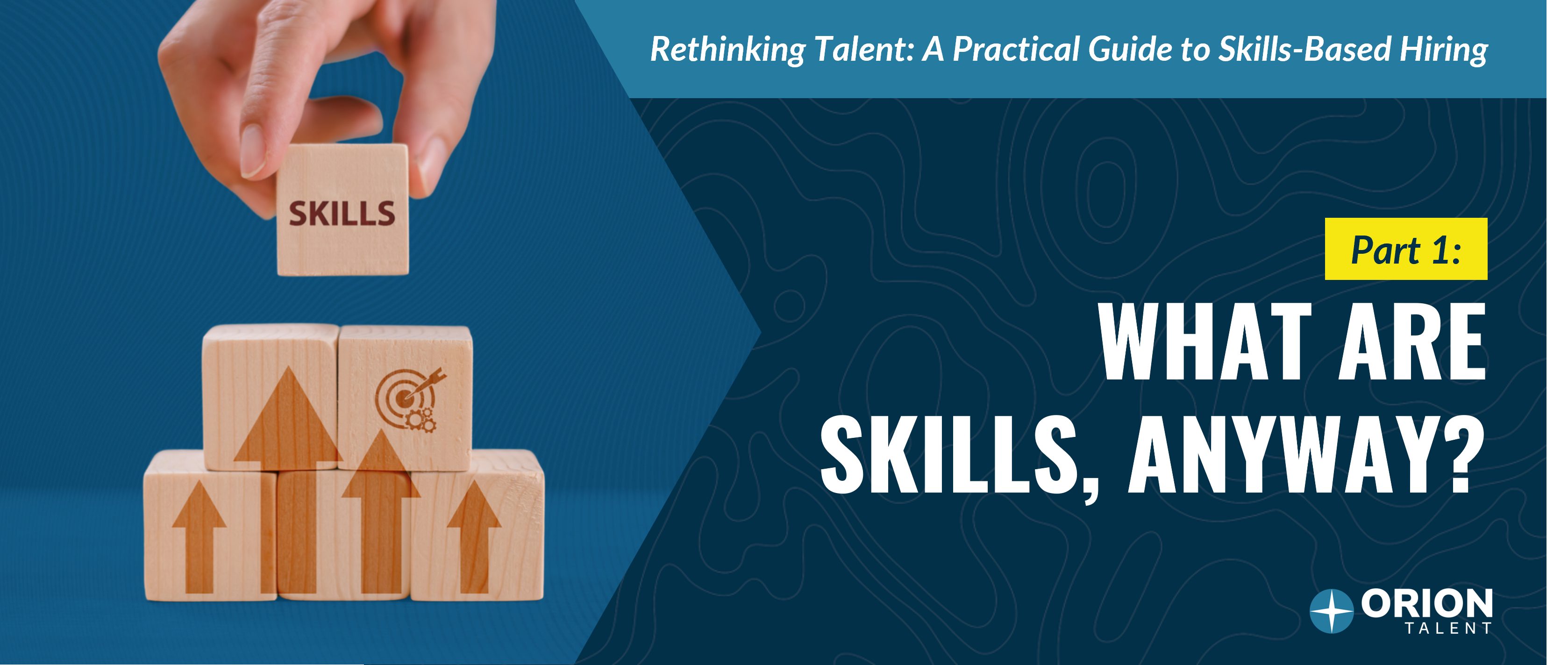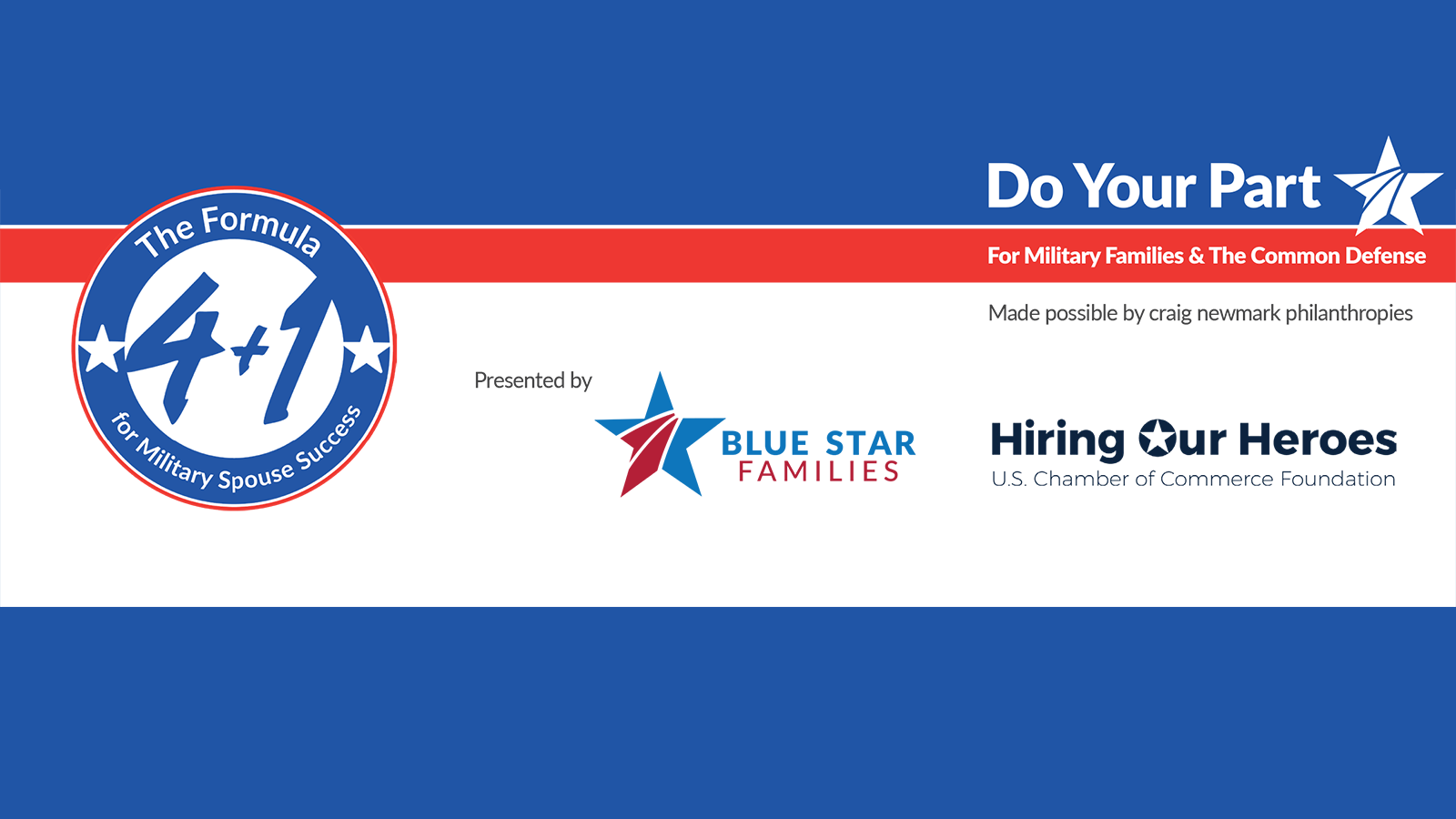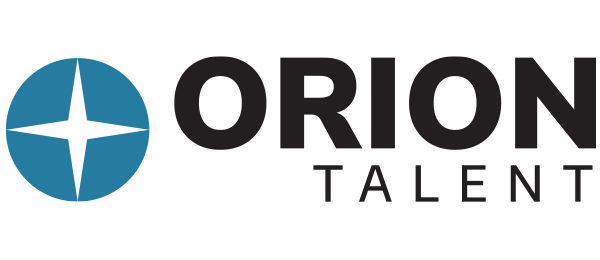.png)
Unconscious bias is a tricky thing– it is inherently present in all of us, and therefore plays a part in the recruiting process. Much of what our brain does happens without our conscious awareness, and this is where bias forms. It has nothing to do with what kind of person you are. We all have biases, leading us to make subconscious decisions based on underlying stereotypes, beliefs, or attitudes toward others. It all comes down to an innate part of brain function.
Author Daniel Kahneman describes how human behavior can be understood in terms of Fast Brain and Slow Brain in his book, Thinking, Fast and Slow. System 1 Thinking/Fast Brain is responsible for keeping us alive and is quick to jump to assumptions and conclusions. It’s fast and efficient, but not terribly accurate. Fast Brain doesn’t reflect your values and beliefs, because there’s no choice involved. These are not thoughtful choices. Bias is a mental shortcut and automatic association that allows our brain to make decisions quickly. Bias often conflicts with our conscious attitudes, behaviors, or intentions. It’s not a reflection of hatred or bigotry. It’s automatic, and we do not have control over this.
Our System 2/Slow Brain is your conscious brain. Intentional thought and decision-making happen here. While slow and inefficient, it’s very accurate. These intentional responses reflect our values, aspirations, and beliefs. We use our slow brain to engage in thoughtful contemplation and allows us to think about things objectively. Our Slow Brain allows us to consider our existing biases and minimize their impact on our hiring decision.
Minimize Unconscious Bias During Recruitment
In order to uncover our own biases, we must be willing to listen, learn, and question assumptions. Inclusion requires us to intentionally and deliberately do the right things. Remember that bias is merely a part of the human experience and impacts us all. We can work on keeping it in check.
The following section will help you not only understand types of common biases but also offers tips to avoid unconscious bias in hiring. We’ll then discuss a handful of recruitment tools for mitigating unconscious bias. You’ll be ready to create a stronger, more diverse workplace.
Tips to Avoid Unconscious Bias in Hiring
There are numerous types of biases that can impact the hiring process, and you must educate yourself and your team about them in order to make better informed hiring decisions. Set measurable goals for increased diversity and inclusion, and be aware of the following biases when considering candidates:
Affinity Bias
We are more likely to favor those whom we believe are similar to us. Perhaps you’re from the same hometown, went to the same university, have children the same age, or share another commonality. While we may be asked to hire for a ‘cultural fit,’ we must be aware that this may result in hiring similar people and does not lend itself to diversity of thought.
In Orion Talent’s webinar, Recruiting Rules to Break: Outdated Talent Acquisition Strategies to Leave Behind, Vitesco Technologies Talent Acquisition Supervisor Dan Cable says gut instinct hiring comes from previous experience, which might create an unconscious bias. He recommends looking for a cultural add instead of a cultural fit. How can this person add a positive personality trait or diversity to your team? Consider their communication style, ability to problem solve, customer focus, or being a good team player. Assemble diverse interview teams for evaluating candidates and be sure to involve diverse groups of people in internal hiring processes and decisions.
Gender Bias
Gender bias is when a person receives different treatment based on their real or perceived gender identity. Avoiding gender bias starts early in the recruitment process- consider how to remove unconscious bias from your job ads by removing or avoiding gendered wording in your job descriptions. Women are 30% less likely to be considered for a job interview than men. Something as simple as removing candidates’ names from applications can help reduce gender bias.
Consider using blind skills challenges whenever possible or use software/ machine learning to help you make data-driven hiring decisions. When considering how to avoid unconscious bias in recruitment, be careful not to discriminate against gender during the interview– don’t ask about children, family, or childcare responsibilities.
Another form of gender bias to overcome is the fact that women are less likely than men to apply for a job if they do not have 100% of the qualifications. Therefore they miss out on opportunities. Go out of your way to encourage them to apply for positions.
Halo / Horn Effect
When we have something in common with an applicant (an affinity), we tend to view them and their resume in a positive light and downplay negative information (Halo Effect). When we don’t share a commonality, we tend to look at them in a negative light and downplay or dismiss their positive attributes (Horn Effect). We must be especially careful with this when it comes to employee referrals.
Confirmation Bias
When we seek out information to confirm our original opinion about someone and dismiss opinions that differ from these opinions, we are exercising confirmation bias. This may cause us to defend our hiring decisions even when outside information shows they may not be a great fit. Reducing unconscious bias in the hiring process means being aware of and avoiding confirmation bias.
Ageism
Older applicants are more likely to experience age discrimination than middle-aged applicants and are also more likely to have been out of work for longer. Professionals over the age of 45 are often viewed less favorably by hiring managers. They are perceived as unable to learn new technologies, unable to learn new skills, or unable to work well with other generations. To avoid this bias, consider more age-representative interview panels. Avoid stereotypes and consider the wealth of knowledge and experience this often-overlooked population brings to the workplace.
Attribution Bias
If we attribute reasons or explanations to someone’s behavior or actions to their character or intentions without considering external factors, we are likely exercising attribution bias. Time gaps in employment history or a longer-than-average time to complete a degree don’t automatically point to a character flaw– consider external factors that could have impacted the candidate’s life.
Recruitment Tools for Mitigating Unconscious Bias
Now that you’re aware of types of bias, consider how to eliminate unconscious bias during recruitment. Here are a few types of tech tools you can use to help in mitigating unconscious bias in recruitment:
Inclusive Job Descriptions
If you’re wondering how to remove unconscious bias in job adverts, AI-powered analytics can help you identify bias in your job descriptions and craft more inclusive versions. Textio and Gender Decoder are two great options.
Finding Candidates & Analyzing Resumes
AI-powered programs that objectively assess skills, competencies, and talents while taking away factors like age, race, or gender, help recruiters eliminate bias in database and resume searches. If you’re wondering how to avoid unconscious bias in recruiting candidates, you may want to consider programs like bowmo, Hundred5, Skillset, and Unbiasify.
Holding Interviews
The use of AI in interviewing is becoming increasingly popular. In the past, hiring decisions were made largely based on recruiter experience and intuition about a candidate. AI-assisted interviews help recruiters make fair, data-driven decisions. Humanly is one such program you may want to consider.
All-in-One Solutions
If you’re looking for an all-encompassing AI option, TalVista or Eightfold may be worth consideration. These programs help improve diversity recruiting with conscious inclusion, starting with optimized job descriptions and leading the process through blind resume reviews and structured interviews.
Where Can You Learn More?
There’s a lot we can do to reduce unconscious bias in recruiting. It all starts with introspection and learning and requires long-term commitment to identify and overcome bias. It’s worth the effort to remove unconscious bias in hiring. Diverse workforces are stronger, bringing together the strengths and potential of a vast array of individuals instead of creating an environment where everyone looks and thinks the same.
Ready to learn more? Check out Orion Talent’s Webinar, Challenging the Norm: Consciously Addressing Unconscious Bias or head to our blog for articles such as Diversity Recruiting Strategies for Enterprise Organizations, Meaningful Diversity Recruiting Metrics for Success, or Tools and Tech for Increasing Diversity within Your Pipeline. View Orion’s HirePurpose Diversity Talent Sourcing & Talent Attraction to earn about everything DE&I and to hear firsthand what other companies are doing to make their workplaces more inclusive.
Sign up for More Diversity Insights
Archives
- January 2026
- December 2025
- November 2025
- October 2025
- September 2025
- August 2025
- July 2025
- June 2025
- May 2025
- April 2025
- March 2025
- February 2025
- October 2024
- May 2024
- March 2024
- February 2024
- January 2024
- December 2023
- November 2023
- October 2023
- September 2023
- August 2023
- July 2023
- June 2023
- May 2023
- April 2023
- March 2023
- February 2023
- January 2023
- December 2022
- November 2022
- October 2022
- September 2022
- August 2022
- July 2022
- June 2022
- May 2022
- April 2022
- March 2022
- February 2022
- January 2022
- December 2021
- November 2021
- October 2021
- September 2021
- August 2021
- July 2021
- June 2021
- May 2021
- April 2021
- March 2021
- February 2021
- January 2021
- December 2020
- November 2020
- October 2020
- September 2020
- August 2020
- July 2020
- June 2020
- May 2020
- April 2020
- March 2020
- February 2020
- January 2020
- December 2019
- November 2019
- October 2019
- September 2019
- August 2019
- July 2019
- June 2019
- May 2019
- April 2019
- March 2019
- February 2019
- January 2019
- December 2018
- November 2018
- October 2018
- September 2018
- August 2018
- July 2018
- June 2018
- May 2018
- April 2018
- March 2018
- February 2018
- January 2018
- December 2017
- November 2017
- October 2017
- September 2017
- August 2017
- July 2017
- June 2017
- May 2017
- March 2017
- February 2017
- January 2017
 RSS Feed
RSS Feed

